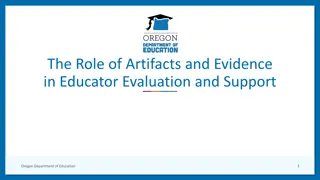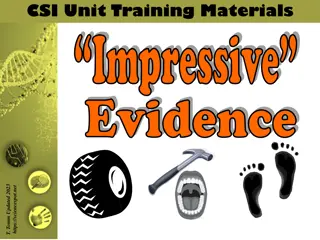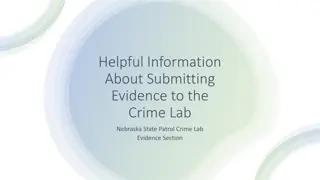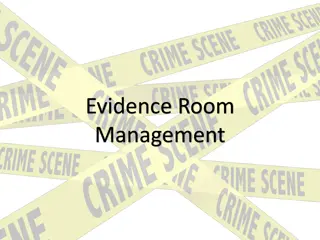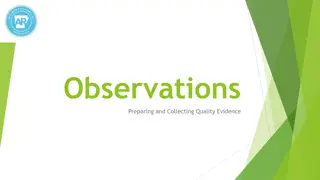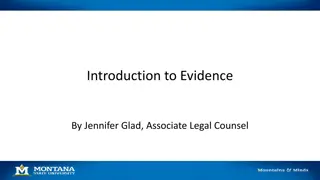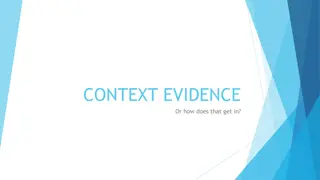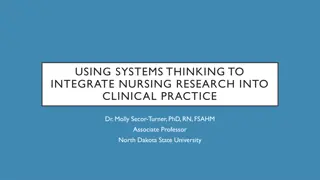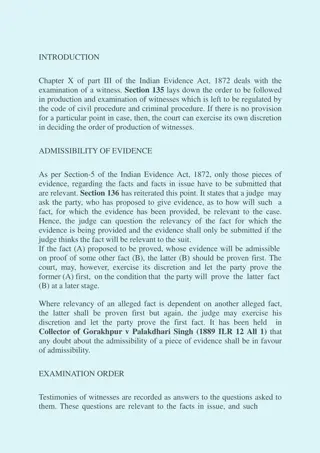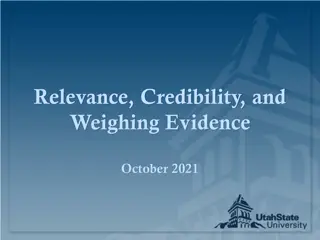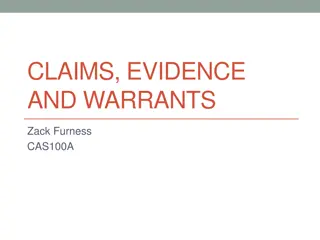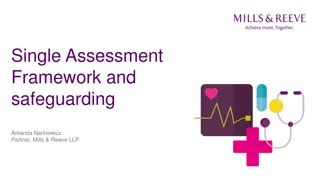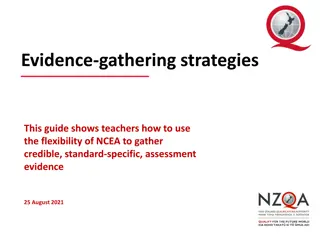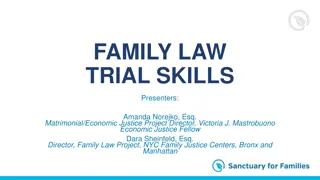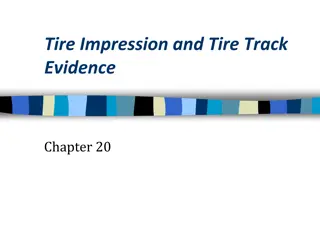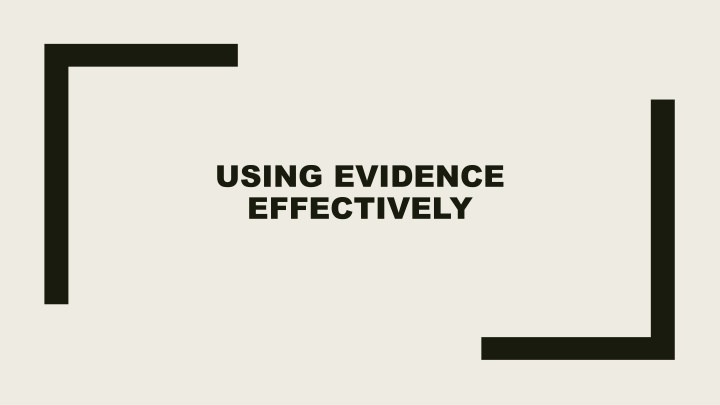
Effective Use of Evidence in Argumentative Writing
Learn how to effectively use evidence in arguments by understanding different types of evidence, the rhetorical aspects of evidence, and the persuasive criteria for selecting and presenting evidence. Explore the importance of trustworthy ethos and practice using evidence persuasively in a real-world scenario. Develop your argument writing skills with supporting reasons to strengthen your claims.
Download Presentation

Please find below an Image/Link to download the presentation.
The content on the website is provided AS IS for your information and personal use only. It may not be sold, licensed, or shared on other websites without obtaining consent from the author. If you encounter any issues during the download, it is possible that the publisher has removed the file from their server.
You are allowed to download the files provided on this website for personal or commercial use, subject to the condition that they are used lawfully. All files are the property of their respective owners.
The content on the website is provided AS IS for your information and personal use only. It may not be sold, licensed, or shared on other websites without obtaining consent from the author.
E N D
Presentation Transcript
USING EVIDENCE EFFECTIVELY
Evidence: all the verifiable data and information a writer might use as support for an argument. Understanding evidence rhetorically: understanding how to use evidence ethically, responsibly, and persuasively in arguments
Kinds of Evidence Data from Personal Experience Data from Observation or Field Research Data from Interviews, Questionnaires, Surveys Data from Library or Internet Research Statistical Data Hypothetical Examples, Cases, and Scenarios Reasoned Sequence of Ideas You can find examples to these types in the booklet (pp. 27-30)
Persuasive Use of Evidence The STAR Criteria Sufficiency: Is there enough evidence? Typicality: Is the chosen evidence representative and typical? Accuracy: Is the evidence accurate and up-to-date? Relevance: Is the evidence relevant to the claim?
Trustworthy Ethos You need to be fair, honest, open to uncertainty Give the source of the evidence
Exercise on Using Evidence Perusasively Suppose that your city has scheduled a public hearing on a proposed ordinance to ban mosh pits at rock concerts. Many possible data and evidence available to various speakers are given on the booklet on pp. 33-34 Decide whether you would support the proposed city ordinance to ban mosh pits or oppose it. Which of the data and evidence on pp. 33-34 would you use to support your argument? Why?
Writing Assignment Writing Assignment- -3 A Supporting A Supporting- -Reasons Argument Reasons Argument 3 Write an argument that uses at least two reasons to support your claim. Your argument should include all the features of a classical argument except that you can omit the section on summarizing and responding to opposing views. Like a complete classical argument, a supporting-reasons argument has a thesis-governed structure in which you state your claim at the end of the introduction, begin body paragraphs with clearly stated reasons, use effective transitions throughout to keep your reader on track. In developing your own argument, place your most important, persuasive, or interesting reason last, where it will have the greatest impact on your readers.
You will first receive individual feedback from me on Writing Assignment 3 For this, get an appointment from me between 4-11 November After feedback, revise your writing and upload it on Turnitin until 15th November
Rubric to be used while assessing Writing Task 3 4 3 2 1 There is a well thought-out assertion. Provides evidence that follow from and supports the argument presented. Provides a conclusion that follows from and supports the argument presented. Exceptional command of conventions free of errors. Assertion is introduced, but not thought-out Evidence mostly support the argument presented. Assertion is not as clear as it should be. Evidence only mention the argument presented. No real assertion. Thesis / Assertion No real evidence Use of Evidence Conclusion mostly supports the argument presented. Conclusion only mentions the argument presented. No real evidence of a conclusion Concluding Remarks Strong command of standard written language few errors. Weak command of standard written language. Errors may confuse meaning. Poor command of conventions of standard written language Conventions: Grammar, Usage, Mechanics

